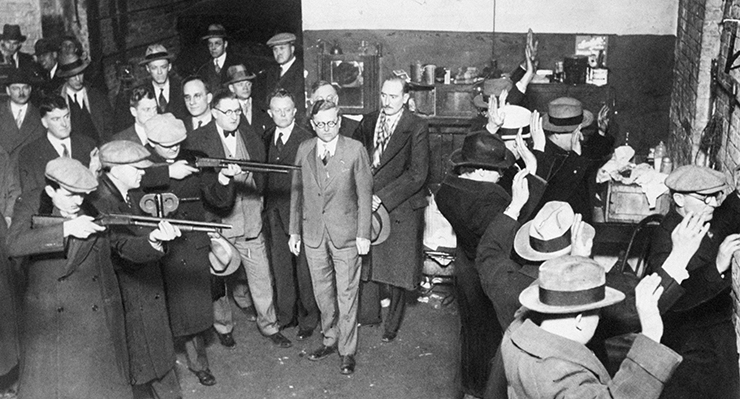
The image of the American mafia is as much defined by its sharp suits and slick style as by its notorious criminal activities. From the early 20th century through the golden age of organized crime, the fashion choices of mobsters not only reflected their wealth and power but also influenced broader cultural trends. Mafia fashion evolved over decades, moving from practical streetwear to the polished, high-end looks that became synonymous with organized crime.
The Early Days: Rugged Street Style
In the 1920s and 1930s, when the mafia first began to gain prominence in cities like New York and Chicago, their fashion was practical and grounded in the realities of street life. Early mobsters, many of whom were immigrants or first-generation Americans, often dressed in simple, rugged clothing. They favored flat caps, woolen coats, and sturdy shoes—styles that reflected their working-class roots. However, as prohibition took hold and organized crime became more profitable, mobsters’ clothing choices began to reflect their rising wealth.
The Rise of the Sharp Suit
By the 1940s and 1950s, the stereotypical image of the well-dressed mobster had fully taken shape. Gangsters like Al Capone, Lucky Luciano, and Bugsy Siegel began wearing tailored suits made from high-quality fabrics like wool and silk. These suits, often double-breasted with wide lapels, exuded power and authority. Dark colors like navy, black, and gray were favored, often paired with crisp white shirts, silk ties, and polished leather shoes.
Accessories also played a significant role. Borsalinos became a signature piece for mobsters, adding a touch of mystery and class. Many also wore pocket watches, tie clips, and gold jewelry to further emphasize their wealth. Their style was clean, sharp, and meticulously put together—a symbol of their status and success.
Hollywood Influence and the Mafia’s Fashion Legacy
As organized crime infiltrated popular culture, Hollywood began to depict mobsters in movies like “The Godfather” and “Goodfellas”, reinforcing the image of the impeccably dressed gangster. These portrayals highlighted the connection between power and fashion, and audiences became fascinated by the mob’s glamorous yet dangerous lifestyle.
The mafia’s fashion influence extended beyond film. The slim, tailored suits of the 1950s and 1960s would inspire later generations of menswear, particularly in the 1980s when power dressing dominated. Brands like Armani drew on the clean lines and sharp tailoring of mob-inspired fashion, influencing the broader menswear market.
Mafia fashion wasn’t just about looking good; it was a statement of power, respect, and authority. Through sharp suits and refined style, mobsters carved out a distinct sartorial identity that continues to influence fashion today. The evolution of mafia style, from rugged streetwear to luxurious, tailored suits, reflects both the rise of organized crime and its lasting impact on American culture and fashion.
The post Dressing the Mob: Evolution of American Mafia Fashion appeared first on The Fashiongton Post.
